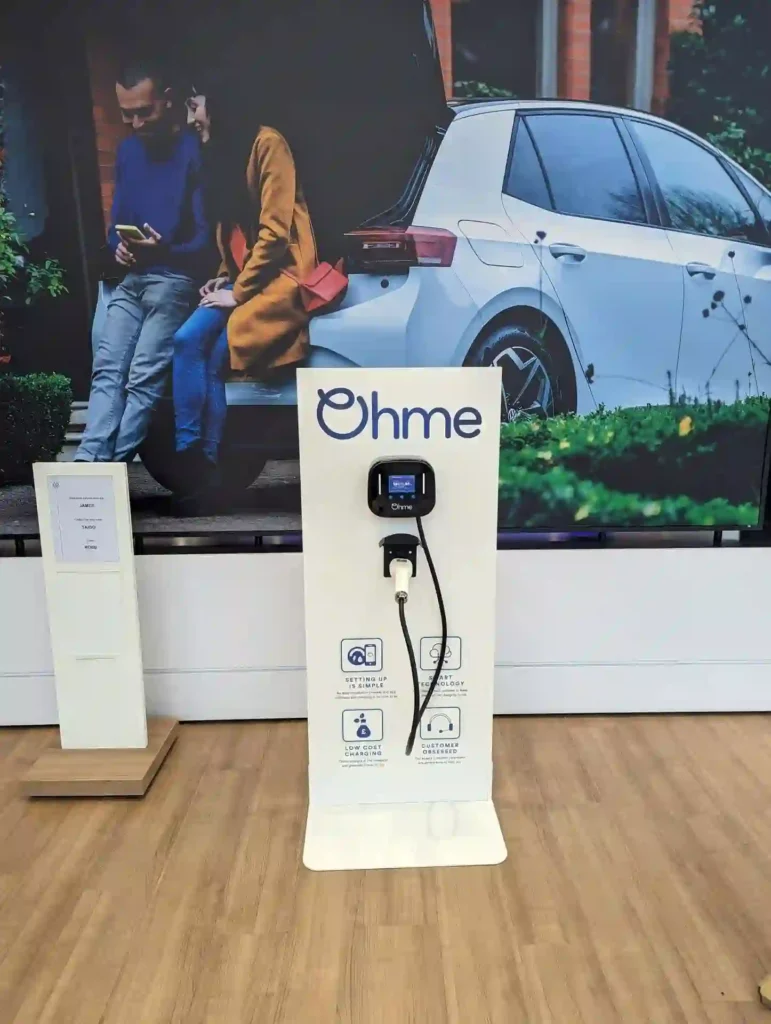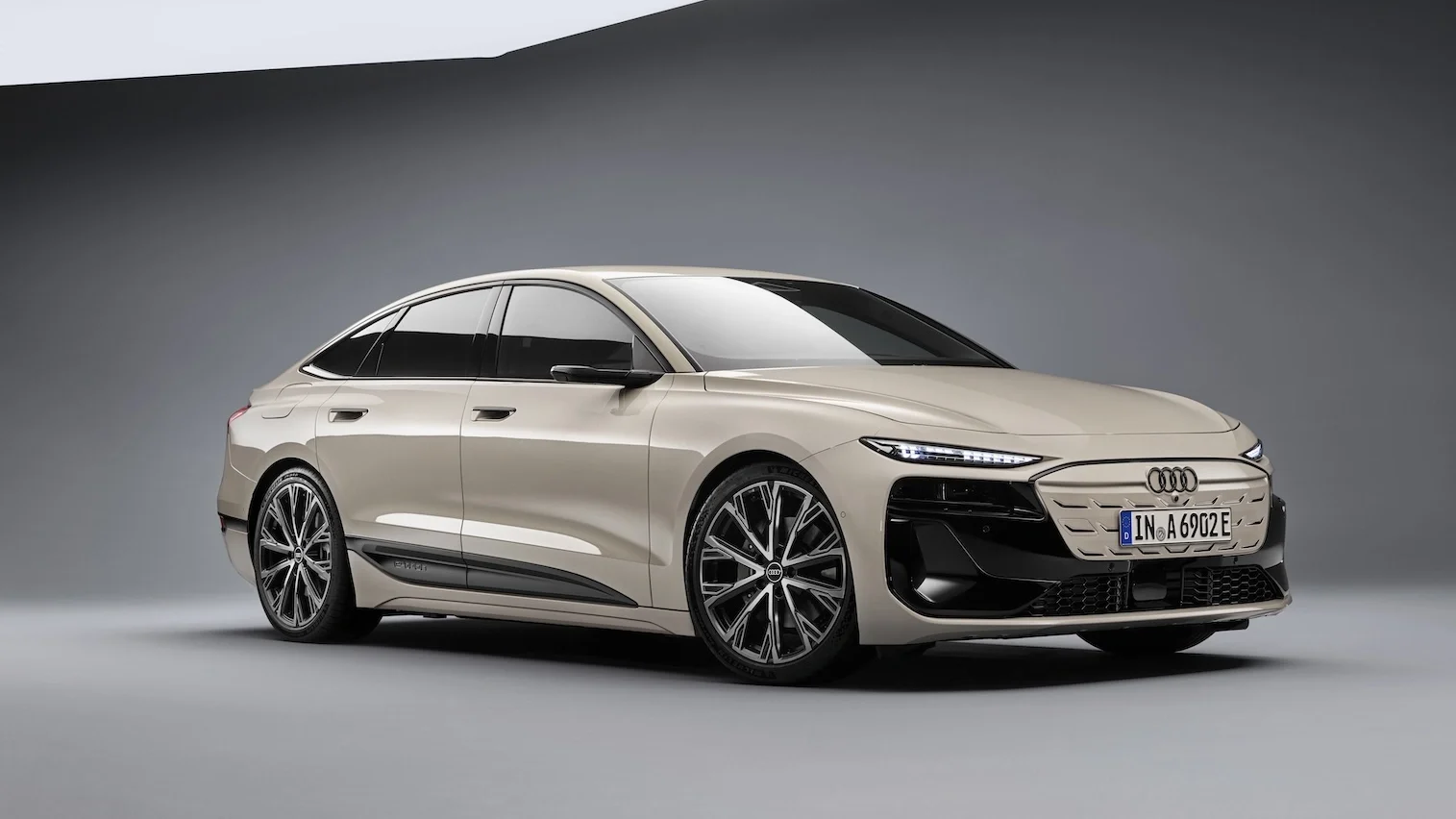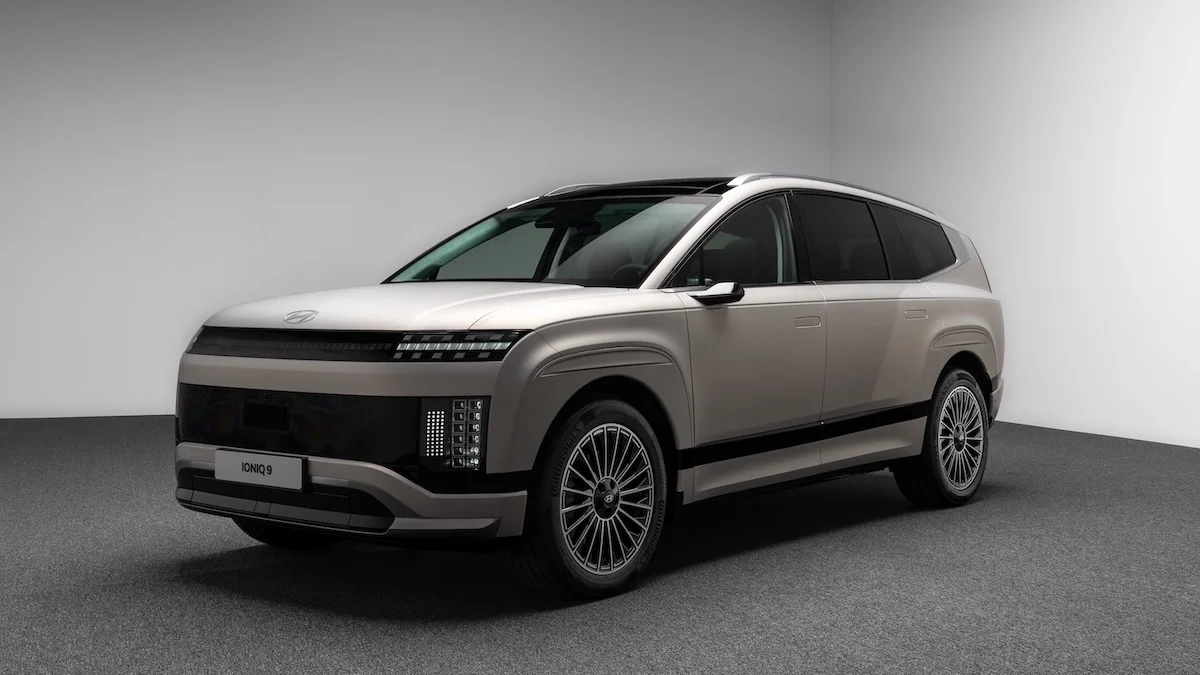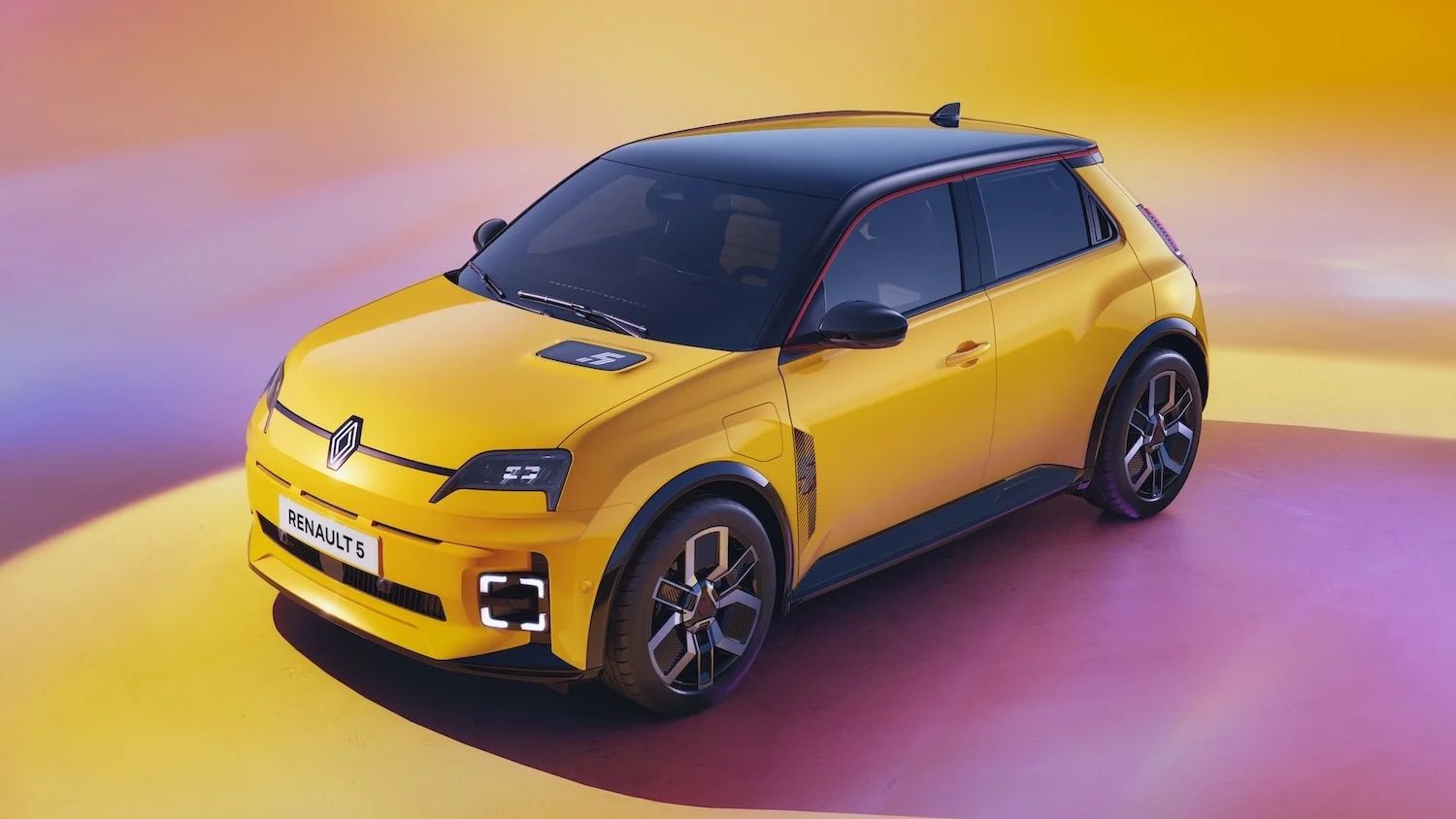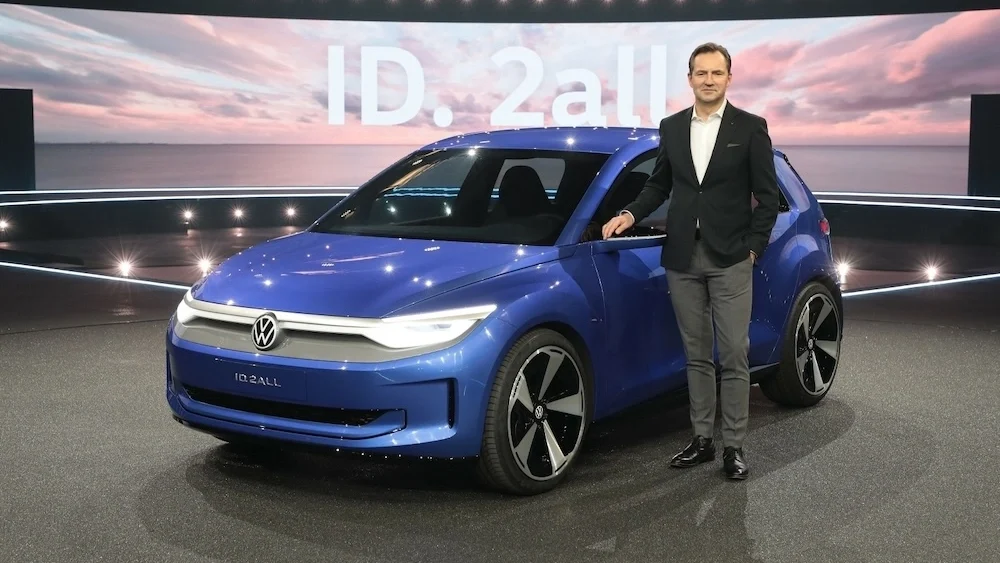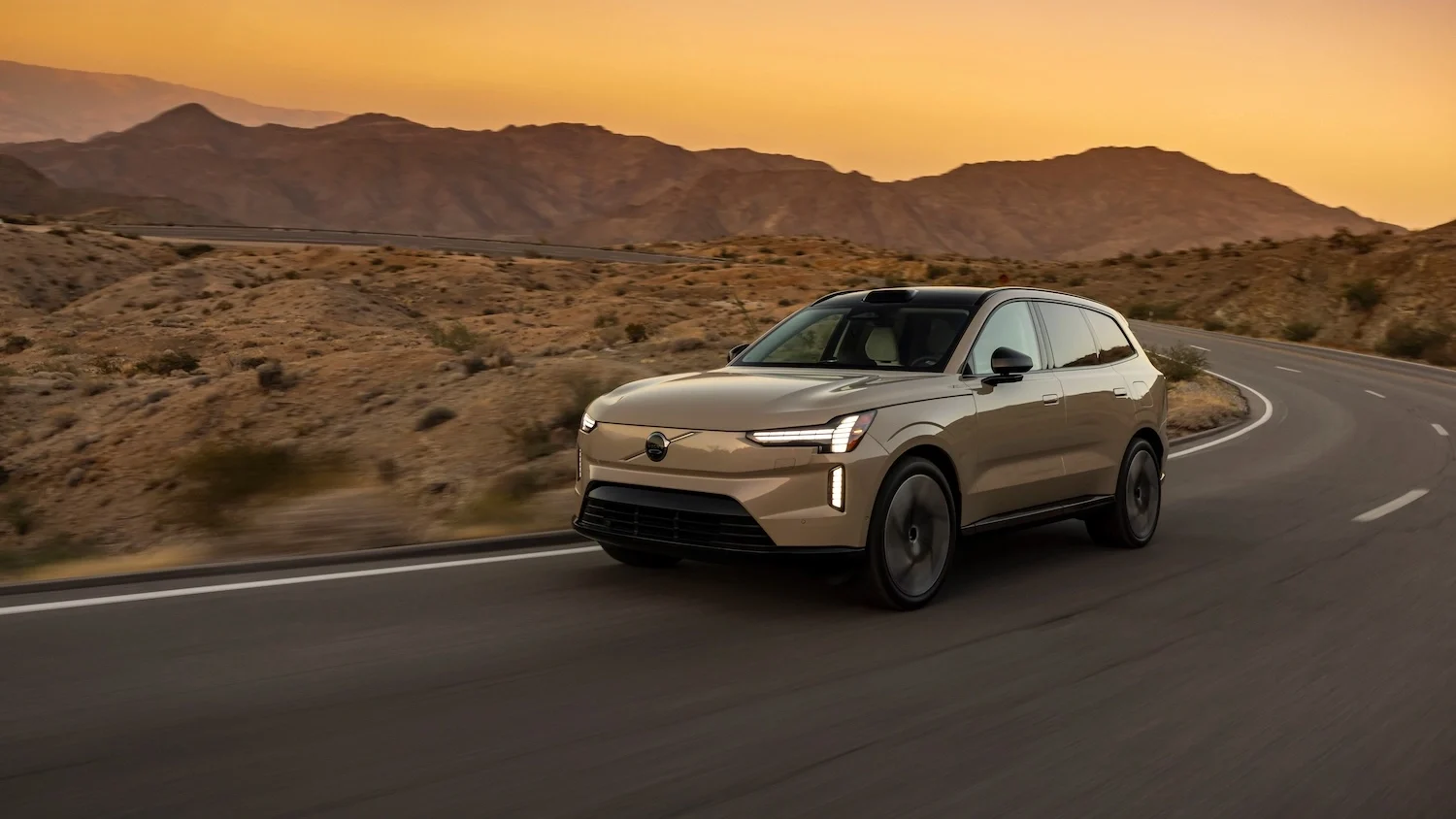If you’re new to the world of electric vehicles (EVs), you’ve likely encountered two main charging options for home use: the basic charging cable that sometimes comes with your EV, often called a “trickle charger”, and a dedicated wall charger. While both serve the purpose of charging your EV, a wall charger can significantly improve your charging experience.
Let’s explore why upgrading to a wall charger might be the right choice for you.
What is a Trickle Charger?
A trickle charger, or a Level 1 charger, is the standard charging cable provided with most EVs. It plugs into the household outlet and delivers a slow and steady charge. While it’s convenient and requires no special installation, it comes with limitations:
- Charging Speed: Adds approx. 10 – 15km of range per hour (considering a 10A outlet)
- Setup: No additional setup required, however requires a dedicated outlet if using a higher rated cable.
Trickle cables are often seen as a stopgap solution, suitable for occasional use or emergency situations.
What Is a Wall Charger?
A wall charger, or Level 2 charger, is a more powerful and permanent solution for home charging. It is wired directly in the switchboard and is typically mounted on a wall in your garage or driveway.
- Charging Speed: Adds approx. 40 km of range per hour, depending on your EV and the charger’s capacity.
- Setup: Requires professional installation, but offers a safer, more reliable, and faster charging experience.
What are the advantages of a Wall Charger?
1. Faster Charging Times
One of the biggest drawbacks of a trickle cable is its slow charging speed. For example, fully charging a typical EV with a trickle cable can take over 24 hours, depending on your battery size.
A wall charger, on the other hand, can reduce that time dramatically. Most EVs can be fully charged overnight (7-9 hours) with a Level 2 charger, ensuring your car is always ready when you need it.
2. Convenience and Peace of Mind
With a wall charger, you no longer need to worry about plugging into a standard outlet and monitoring circuit loads. Smart wall chargers like Ohme have dynamic load balancing and are designed to handle the power requirements of your EV safely and efficiently.
This means:
- No tripping circuit breakers.
- No need to unplug other devices from the same circuit.
- The confidence that your EV will charge consistently and reliably every time.
3. Smart Features for Optimised Charging
Many modern wall chargers like Ohme come with smart features such as:
- Solar Charging: Charging your EV using excess solar from rooftop PV
- Scheduled Charging: Charge during off-peak hours to save on electricity costs.
- Remote Monitoring: Use an app to check your charging status or start/stop charging remotely.
Trickle chargers lack these advanced features, offering only basic charging functionality.
4. Enhanced Safety
While trickle chargers are safe for occasional use, prolonged charging on a standard outlet can lead to overheating and increased wear on your home’s electrical system.
Wall chargers are specifically designed for the sustained power levels required by EVs, offering built-in safety features such as:
These features help prevent electrical hazards and provide a safer charging experience.
When might a Trickle Charger be enough?
There are situations where a trickle charger would suffice:
- Plug-in-Hybrids (PHEVs) or Low Daily Mileage: If the size of your battery is relatively small or you drive less than 20km a day, overnight charging with a trickle cable might be enough.
- Occasional Use: If you primarily use public chargers or have another vehicle for longer trips, a trickle charger could serve as a backup.
- Short-Term Solution: While waiting for a wall charger to be installed, a trickle charger can keep you charged.
However, these scenarios often highlight the limitations rather than the long-term practicality of relying on a trickle charger.
Conclusion
While a trickle charger offers a simple introduction to EV charging, a dedicated wall charger takes your charging experience to the next level with faster speeds, enhanced safety, and added convenience. No more worrying about tripping circuit breakers or overloading outlets, and the ability to tap into excess solar energy for charging your car is a game-changer.
For most EV owners, upgrading to a wall charger like the Ohme ePod or the Ohme Home Pro is an essential step toward streamlining your EV lifestyle. Whether you’re looking to save time, optimise energy use, or future-proof your charging setup, a wall charger is the better choice for daily charging needs.
Doshab Siddiqui is the Technical Presales Engineer at Ohme Australia
